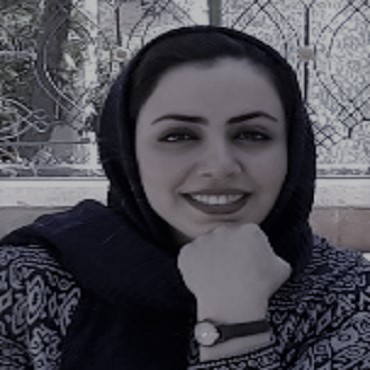Scientific Program

Maryam Cheraghian
University of Sistan and Baluchestan, Iran
Biography:
Maryam Cheraghian is a Ph.D. candidate in civil engineering - hydraulic structures, at University of Sistan and Baluchestan. Her main ï¬ eld of interest is in coastal engineering and sediment transport. She is familiar with sedimentology and GIS-related skills and her PhD disserta on focus is on es ma ng LST rate over the northern coastline of the Oman Sea. Her background is in civil engineering – hydraulic structures (MSc, 2014) from University of Sistan and Baluchestan and in civil engineering (BSc, 2011) from University of Tabriz.
Abstract
Es ma ons of sediment transport rate is the prerequisite of coastal development and management studies, as accre on and erosion are among main controlling considera ons for port planning. The Iranian coastline of the Oman Sea, which is so - called Makran Coastline, has a complex morphodynamic behavior and should be considered from both scien ï¬ c importance and its high poten al for development in the next decade. It is while morphodynamic perspec ve of the area is not well studied so far (Dibajnia et al., 2016). On the other hand, the wave climate of the area is aff ected by diff erent regimes: monsoon waves, normal seas, swells coming from the Indian Ocean and tropical cyclones. There are limited researches on the contribu on of each regime on the longshore sediment transport with considering the sensi vity to deep water wave direc on variability (Jedari A ari et al., 2018). This study aims to put diff erent pieces of knowledge together, including ï¬ eld measurements, numerical modeling and GISbased analysis of mul -year cross-shore proï¬ le data, to obtain a more realis c es ma on of LST rate along the un-developed Makran Coastline. The focus of this paper is mostly on the accurate wave and sediment transport modeling, veriï¬ ed against available ï¬ eld data and morphological evidences. A numerical model is applied for simula ng the transporta on process of sediments along Makran Coastline. The exis ng extracted shoreline changes around Makran Coastline through GIS analysis of satellite images were used to assess the general morphological changes in the study area. All the simula on and coastline change analysis results are adopted for obtaining an integrated conclusion in Zarabad Port as the case study of this research. The obtained results were in fair agreement with observa ons and this is why the model setup and study methodology can be applied for LST rate es ma ons over Makran Coastline.
- Coastal Ecology
- Coastal Zone Management
- Mangrove Ecosystem
- Coastal Resources
- Coastal Processes
- Coastal Oceanography
- Nearshore and Surf Zone Processes
- Ocean, Fisheries and Coastal Economics
- Coast and Shore Protection
- Underwater/Marine Life
- Coastal Archaeology

